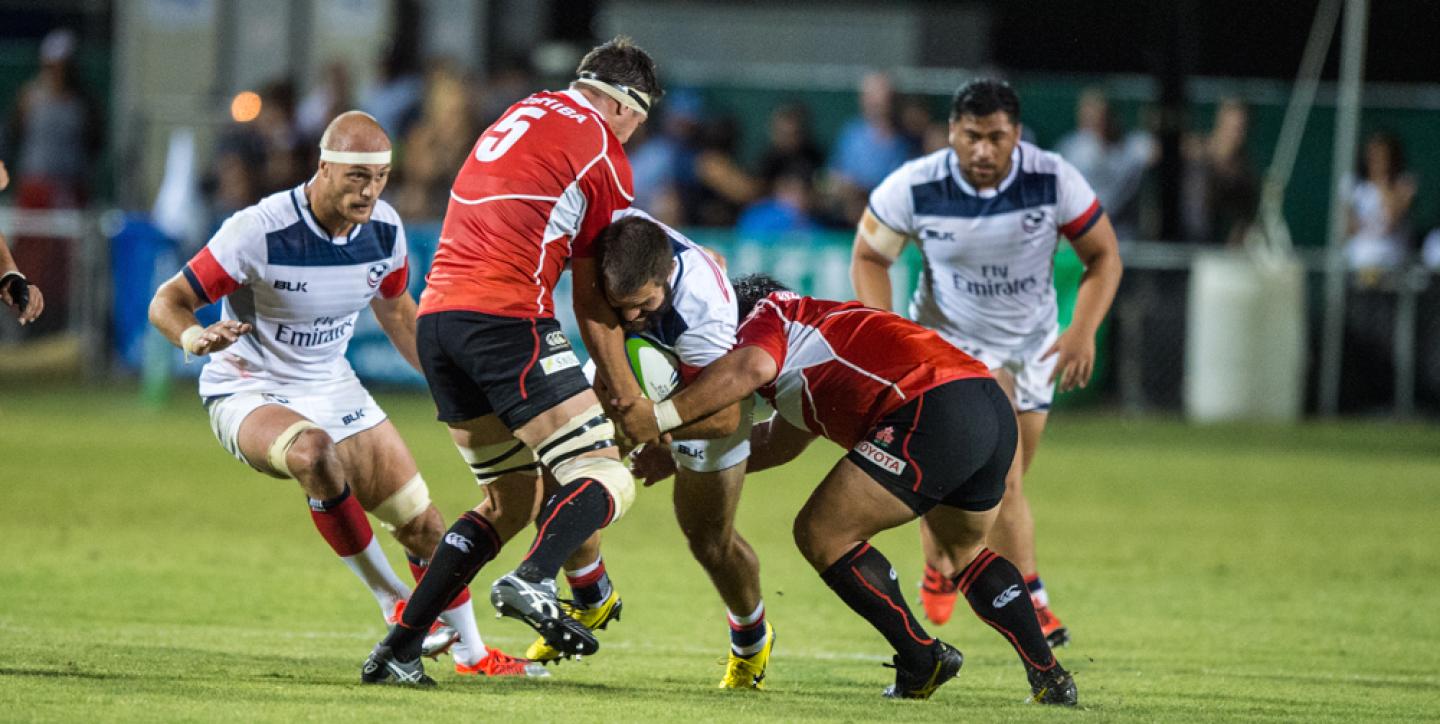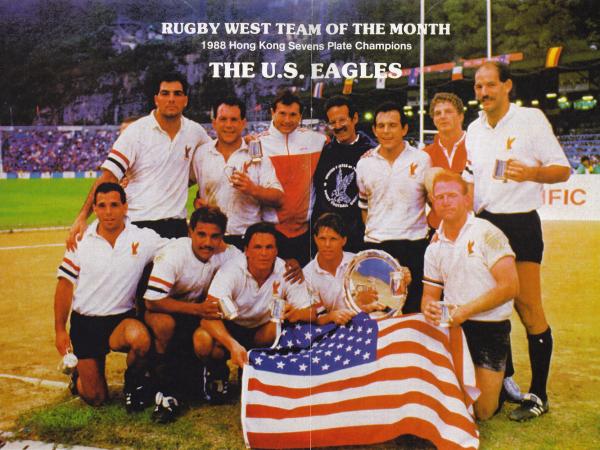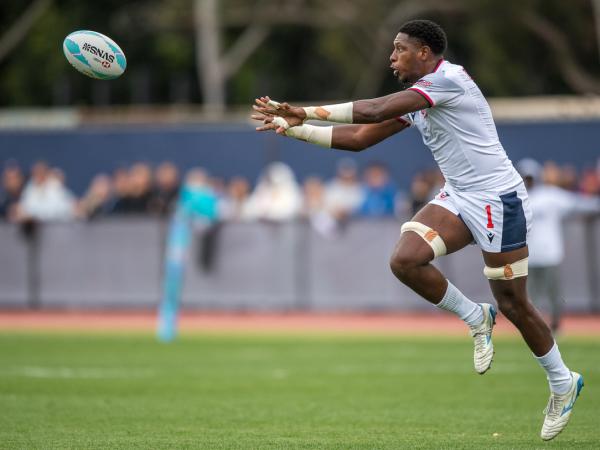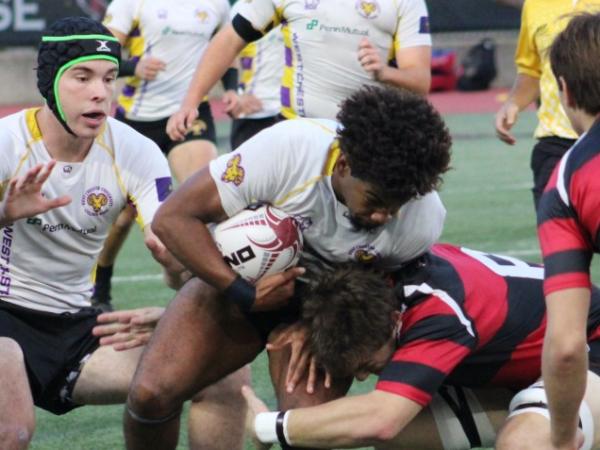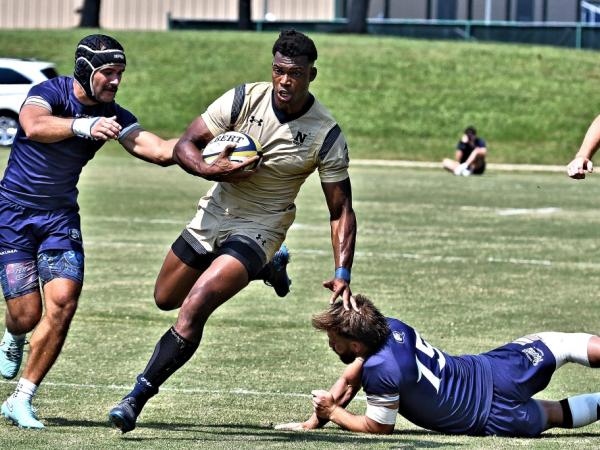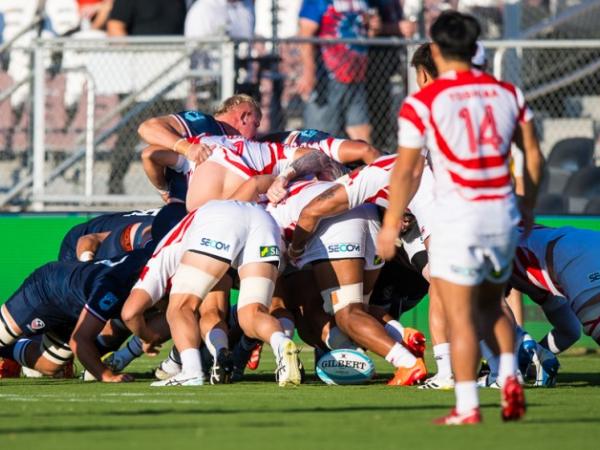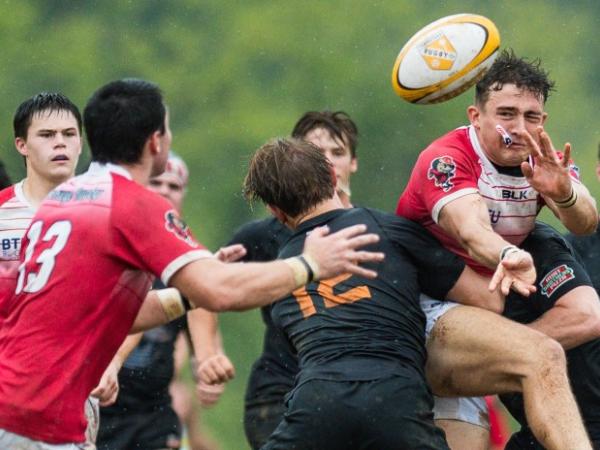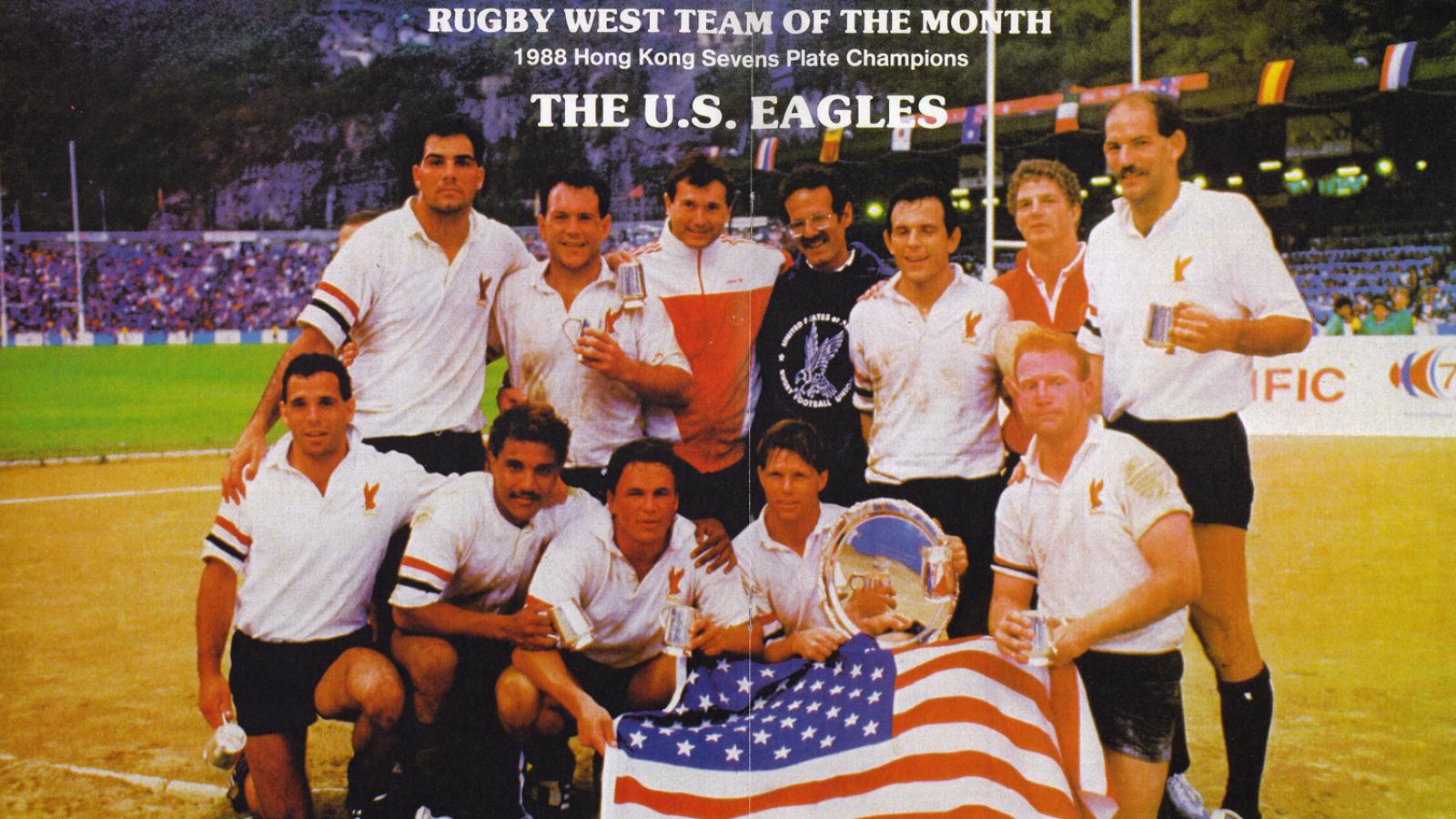World Rugby has confirmed the formation of a new competition for teams in the Pacific.
This new competition is familiar to those who know their rugby history as it is the same as the latter iteration of the old Pacific Rim championship, which ran from 1996 to 2001.
The initial Pacific Rim Championship featured the USA, Canada, Japan, and Hong Kong, with Hong Kong allowed easier residency rules so they could field a competitive side. Each team played the other twice, with the team at the top of the standings being the winner. In 1999, with World Rugby's strong suggestion, Samoa, Fiji, and Tonga were added and Hong Kong dropped, leading to a six-team competition in which every team played the other once. The cost of travel for the Pacific Island teams meant that by 2001 this was a shortened event, with Japan hosting themselves, the winner of USA vs Canada, and the top two Island teams in a semifinal-final format.
That was the death knell for the competition and it was discontinued after that.
While other sanctioned events, such as the Churchill Cup, the Super Powers Cup, and the Americas Rugby Championship have come and gone, the logic of a competition for teams around the Pacific Rim has never diminished. It was brought back in 2015 but again financial and logistical issues intervened.
So it is that the new Pacific Nations Cup will be launched in 2024. This has been announced in conjunction with World Rugby being a bit more formal in what player-release windows are (how long and when). The Northern Hemisphere and Southern Hemisphere share a release window in November, but have separate release windows for the second period of test matches. The NH window is in February and March, but the USA's weather and schedule actually fits better with the Southern Hemisphere release window in August and September—this is true of Canada also, while Japan is flexible.
(The NH window interrupts Major League Rugby and also undercuts some of the value of US and Canadian players playing in Europe, where availability during the SIx Nations is useful to their employers.)
So the 2024 Pacific Nations Cup will be held in August and September. It will feature two pools of three teams with a North American/Japan pool and a Pacific Islands pool. Every team will host a game. Those games will seed the teams for the playoff event (two semifinals, and then a final, 3rd-4th game, and a 5th-6th game), which will then feature three games hosted in Japan in 2024 and USA in 2025. The USA and Japan will be the only hosts for the finals.
That's because a lot of Japanese money is likely to be a part of this event, and with the USA hosting the 2031 Rugby World Cup, being a host of a couple of these events is good practice. In addition, as reported here>>, World Rugby is getting more involved in running USA Rugby events, giving USA Rugby a more secure payout for these events while World Rugby can work on making rugby pay off even bigger (for them) in the United States market.






